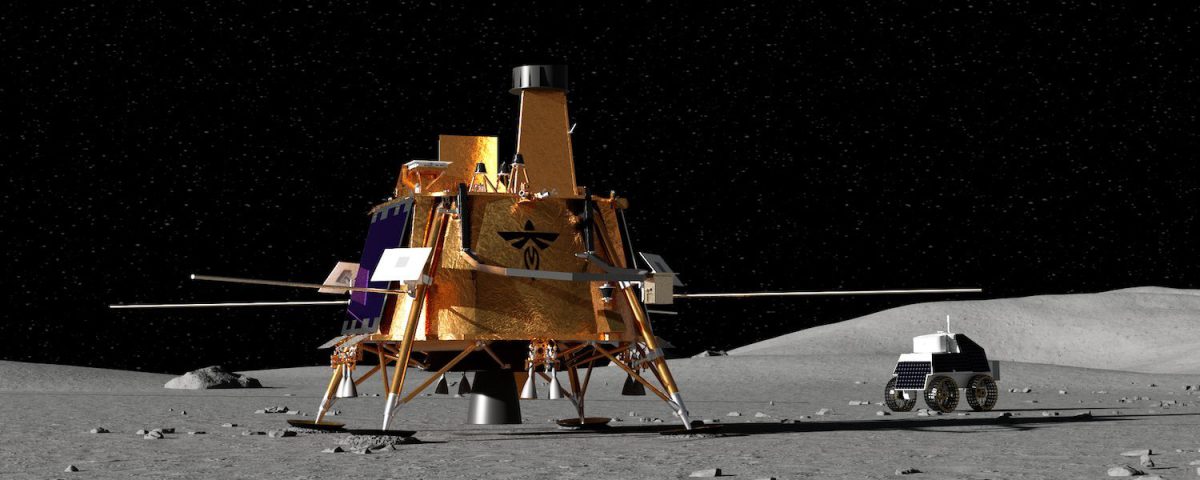Two Lunar Landers Are Headed for Ancient Impact Sites. What You Need to Know
Two Lunar Landers Are Headed for Ancient Impact Sites. What You Need to Know
SpaceX is gearing up to send a duo of landers to the Moon this January.
Full Article
The Moon is the place to be right now. Commercial spacecraft are gearing up to land on the lunar surface, unboxing an array of tools and instruments to explore different regions of the Moon. Two of those robotic explorers are hitching a ride to the Moon, each taking a unique path to uncover its history and evolution while also paving the way for future human missions. Firefly Aerospace’s Blue Ghost lander and ispace’s Resilience lander are set to journey to the Moon aboard SpaceX’s Falcon 9 rocket. The rocket will launch during a six-day window in mid-January. The pair of landers herald a new era for lunar exploration as the commercial space industry ramps up its efforts toward delivering payloads to the Moon on a regular basis. Both landers are targeting different lunar maresâflat, dark plains formed through ancient impacts on the Moon and later filled with lava and other material over the years. Firefly’s Blue Ghost mission is bringing along 10 science instruments as part of NASAâs Commercial Lunar Payload Services (CLPS) initiative. The lander is targeting Mare Crisium, the site of an ancient asteroid impact site once filled with basaltic lava. The basalts in Mare Crisium are between 2.5 to 3.3 billion years old, according to NASA. After landing in Mare Crisium, Blue Ghost will operate for a full lunar day (the equivalent of 14 days on Earth), capture images of a lunar sunset, and collect data on how regolith on the Moon reacts to solar influences during lunar dusk, according to Texas-based Firefly. The lander will operate for about seven hours into the night on the Moon. Blue Ghost’s payloads are designed to test lunar regolith sampling, radiation tolerance, a Moon-based global navigation system, and other technologies to inform future missions. Tokyo-based startup ispace is preparing for its own mission to the Moon. The Resilience lander is set to carry a small rover, named Tenacious, to a region called Mare Frigoris located in Moon’s far northern regions. It’s also packed with science instruments, mainly from commercial space ventures in Japan, designed to explore the lunar surface. This marks ispace’s second attempt to land on the lunar surface, following a less-than-successful first try. In April 2023, the Hakuto-R Mission 1 (M1) Lunar Lander plummeted towards the Moon and crashed on its surface. Hakuto-R M1 was carrying both commercial and government-owned payloads, including a tiny, two-wheeled transformable robot from the Japanese space agency. Although the two missions will launch on the same rocket, they will each follow a different route to the Moon. Firefly’s Blue Ghost will remain in Earth orbit for around 25 days before entering lunar orbit, where it will spend 16 days before attempting to touch down on the surface of the Moon, according to SpaceNews. Resilience, on the other hand, will follow a much longer road to the Moon, first operating in an elliptical transfer orbit before using a lunar flyby to move into a low-energy transfer trajectory that will then enable it to attempt a soft landing. The Japanese startup’s first mission to the Moon took around four and a half months to reach the surface. It may not be a race to get to the Moon, but the lunar surface is expected to see more visitors drop off payloads across its dusty terrain within the next few years as NASA and other space agencies plan for a sustainable human presence on Earth’s satellite.
NASAthe moon
Get the best tech, science, and culture news in your inbox daily.
News from the future, delivered to your present.
Please select your desired newsletters and submit your email to upgrade your inbox.
The spacecraft survived scorching temperatures at a record proximity, and is expected to send details of its close call in the new year.
Parker Solar Probe will break its silence on Fridayâthat is, if it survived its closest approach to the Sun.
The Orion crew capsule is designed to jettison away from the SLS rocket in a launch abort scenario.
At 3.8 million miles from the Sun’s surface, Parker Solar Probe will be the closest a human-made object’s ever been to our host star.
The space agency is looking to maintain human presence in the microgravity environment as it transitions to commercial stations.
The otherworldly helicopter, with its 36 blades, is the size of an SUVâa major upgrade from Ingenuity’s four blades.
The Best Tech Gifts of 2024 â We may earn a commission when you buy through links on our sites.
©2024 GIZMODO USA LLC. All rights reserved. Mode
Follow us
Mode
Follow us



